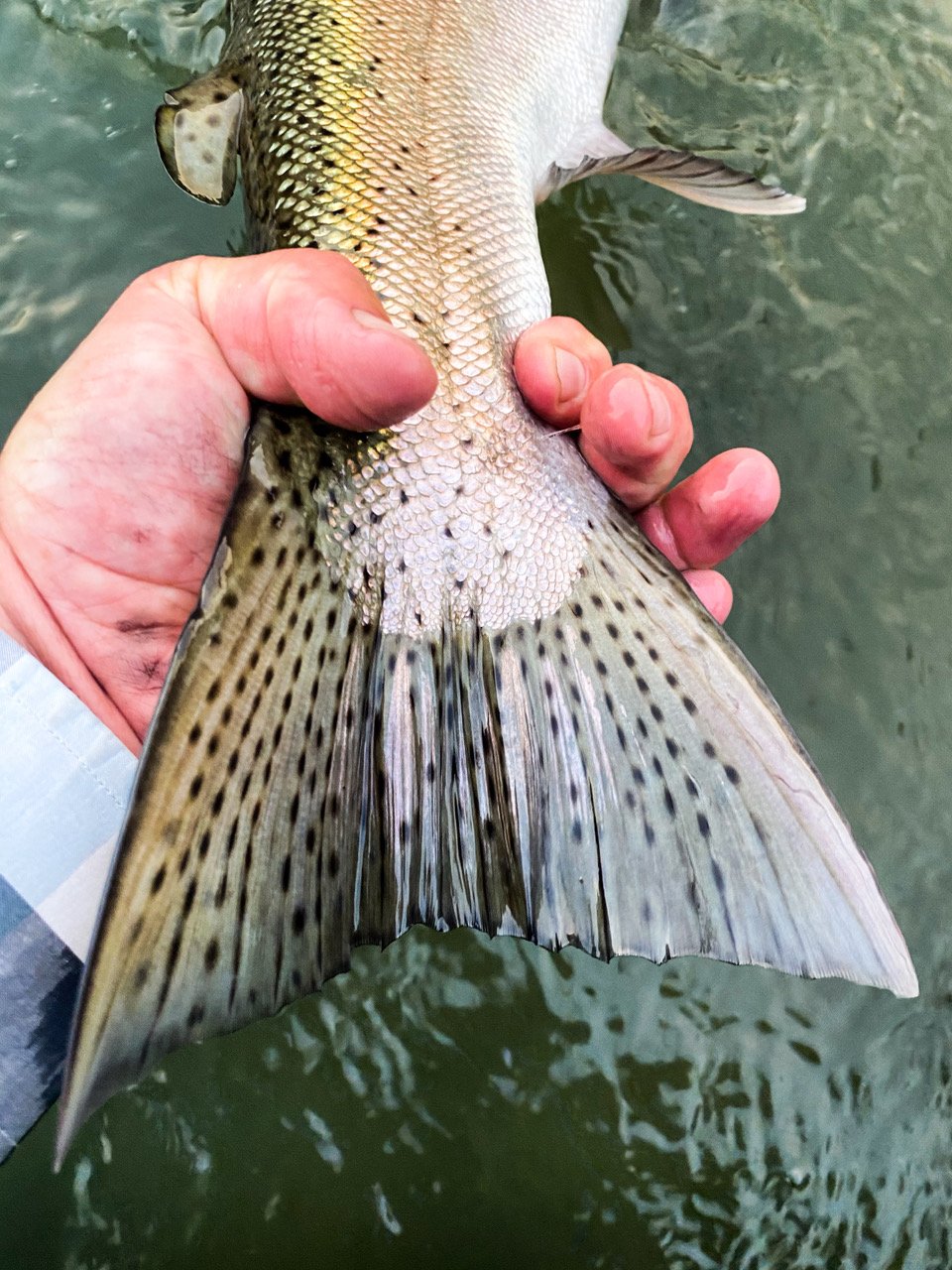2025 Water Quality Monitoring Begins This Week
Indicator species: the presence of Oncorhynchus mykiss has a prerequisite: cool, clean water. Barring technical difficulties, the DRA’s online water quality reporting, with data available in real-time, will come back into service in the next few days, informing the public about whether this prerequisite is being met.
Data Sonde Delivery Due in the Deschutes
One of the first tasks the nascent Deschutes River Alliance identified back at its inception in 2014 was the need for regular assessments of water quality in the lower Deschutes River. With hand-held equipment and a lot of miles to cover, the DRA’s then all-volunteer science team began to gather data.
Fast forward eleven years. This monitoring season, the DRA will deploy three state-of-the-art data sondes that will instantaneously register and report up-to-the-hour readings of temperature, pH turbidity, and dissolved oxygen levels. Solar panels power a web connection that allows visitors to the DRA’s website to access hour-by-hour data on the condition of the river. Full-time Water Quality Coordinator Hannah Camel strategically places data sondes to give the fullest picture possible of what’s happening in the lower 100 miles of the Deschutes. Equipment is routinely checked and re-calibrated if necessary.
The rigorous protocols for the DRA’s water quality monitoring program are the same ones used by Oregon’s Department of Environmental Quality in their state-wide efforts to keep track of the condition of Oregon’s rivers and streams. In fact, former (retired) DEQ staffers, now DRA board members Rick Hafele and Larry Marxer brought their extensive knowledge and experience to the design of the DRA’s monitoring program.
“Without Data, You’re Just Another Person on the Street With an Opinion.”
The DRA pursues the goal of of cooler, cleaner water for the lower Deschutes River by sticking to the science. The water quality monitoring program is the foundation of this effort. Among its well-documented discoveries:
SWW Tower operations intentionally warm the lower Deschutes River during critical spawning, incubation and early rearing periods for resident trout, bull trout, and steelhead.
Relative to pre-SWW Tower operations, the cooling during the fall caused by the current operations is disproportionate to the warming that occurs during the rest of the year, most of which falls during the designated salmon and steelhead spawning and incubation period.
Excess nutrients in surface water released from Lake Billy Chinook continues to be the primary contributor to the declining health of the lower Deschutes River and is largely influenced by high nitrogen inputs from the Crooked River.
High pH levels continued to exceed Oregon water quality standards throughout the monitoring period in 2024 but showed an immediate improvement with increased bottom-draw.
Last year, at the DRA’s two monitoring stations, daily violations of the statewide pH standard of 8.5 were detected 179 days at the station near Warm Springs, and 224 days at the station near Maupin. pH is a more telling indicator of water quality than temperature, because it reflects excessive aquatic plant growth associated with nutrient loading, derived from agricultural activity.
How Our Data gets Deployed
The DRA’s activism is informed by science. Last year’s letter-writing campaign to Gov. Tina Kotek was a success, with over a thousand of you taking the time to write one, in part because so many of your letters were informed by scientific fact gathered and disseminated by the DRA. And those same facts were presented to the Governor’s office last fall in a high level meeting that resulted in Gov. Kotek directing DEQ to explore ways to get the lower Deschutes back to the good health it deserves. The DRA’s annual water quality report is available on our website, and many of the good facts therein will be reported in our annual State of the Deschutes presentation, coming May 6th.
And as soon as those data sondes are deployed in the next few days, we’ll announce the real-time availability of our water quality data as soon as it comes online. Look for a post coming from the DRA’s social media channels. Together, we’ll put the lower Deschutes on the road to recovery.
text
Second Subheading
text
Final Subheading
text
More From The Blog
Subscribe the the DRA Newsletter
The Deschutes River Alliance is your focused voice to protect the lower Deschutes River, its cold water flows and the fish and wildlife that are sustained by them. We send regular emails with important data and news about the lower Deschutes River. We will not sell or loan your contact information to others.
How to Support the DRA
Everyone wants clean, healthy water in the Deschutes River. Oregonians cherish our clean and healthy waterways to provide drinking water, wildlife habitat and recreational activities. The lower Deschutes River is a federally designated Wild & Scenic River, and a national treasure. It must be protected for the environmental and economic health of Central Oregon. We believe by working together we can return the lower Deschutes River to full health.






















